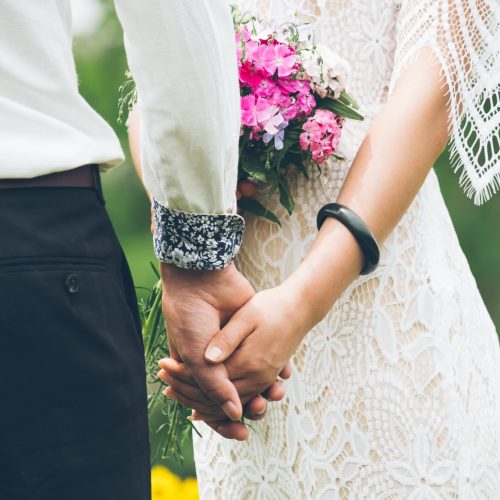
Weddings in Spain
Dear Cat,
Have you been invited to a wedding here in Spain? Or perhaps you’re thinking of having your own special day here? Whatever the case, there are many things you’ll want to know as you prepare for this special event. While there are plenty of elements that the Spanish wedding* shares in common with weddings where you’re from, there are probably some things that differ as well.
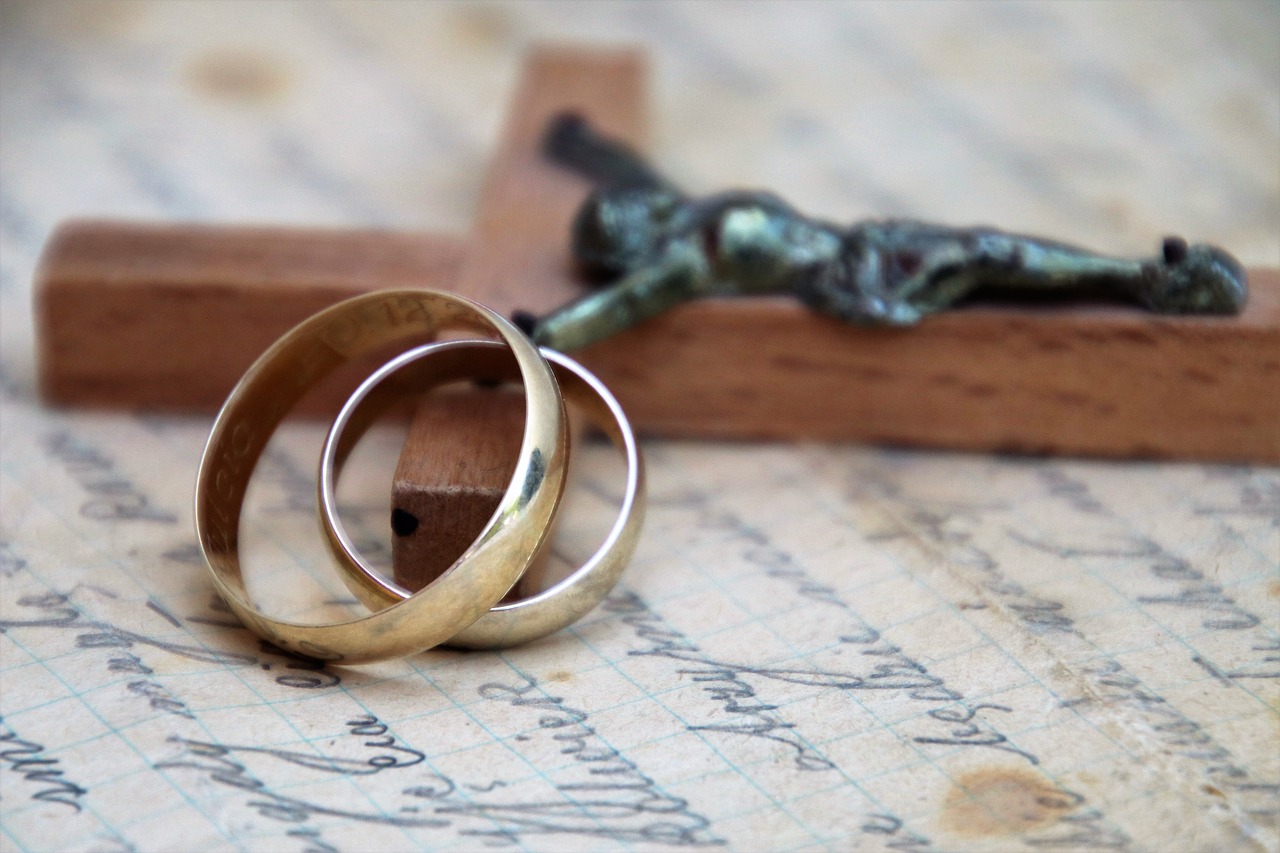 Traditional, Catholic ceremonies still reign
Traditional, Catholic ceremonies still reign
As we’ve talked about before, Spain has a unique way of being both an incredibly Catholic country while also being quite far removed from many religious implications on a daily basis (read more here). However, one thing that rings true when it comes to weddings is that this is one of those times—just like Christmas and Easter—in which family, friends, and the bride and groom themselves will generally expect a traditional affair.
Like in many countries, as time goes on the tradition of being married by a priest in a church has become less about the deep commitment to the Catholic faith and more about simply being traditional. While you can of course find couples who choose to get married in the church because their religious commitment is genuinely important to them, many others who would otherwise be described by friends as “not religious at all” will choose this option as well.
Another factor that influences this choice is the tradition to get married in the same place as your relatives, especially where the bride’s parents or grandparents were married. As one could imagine, if getting married in a church was the norm over the past century, this therefore perpetuates that pattern.
You’re unlikely to see a large wedding party
One of the main things that stands out as different when I compare Spanish weddings with the weddings we have back in the United States is that bridesmaids and groomsmen are not a thing here in Spain! As always, there’s an exception to every rule and, with the the ever-present influence of American films and series, there are certainly young Spaniards who choose to embrace this idea of having their friends stand up with them in the form of a wedding party.
However, the norm is to have just the bride and groom’s parents at the front of the ceremony with them. The couple will select two of their parents (or other close family members, but traditionally the mother of the groom and the father of the bride) to act at the padrino and madrino—which translates to ‘godfather’ and ‘godmother’ directly but in this case is a more endearing term for the loved one who acts as witness of the marriage.
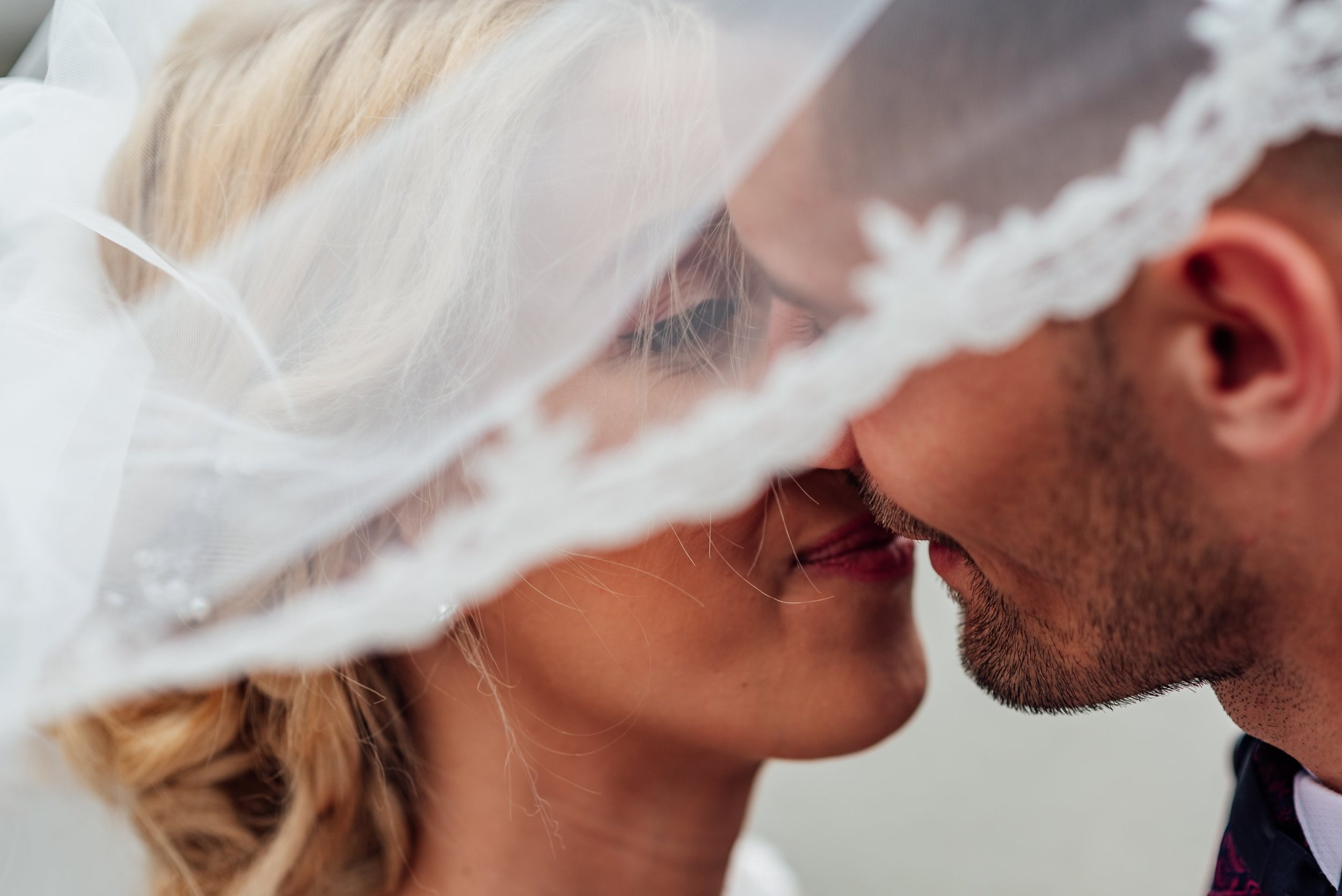 If you’re waiting for the bride and groom to kiss, you’ll likely be let down
If you’re waiting for the bride and groom to kiss, you’ll likely be let down
Growing up in the United States and seeing dozens of wedding on TV and in movies, I feel like I could recite quite a few excerpts from the traditional script but I’ve certainly seen variations over the years. However, one thing that remains the same in all English-speaking weddings is that final line “You may now kiss the bride.” It’s such a standard climax that I couldn’t imagine a wedding without it…until I got to Spain. No kissing in the church or courthouse here.
Expect to be in for a long day/night
I have to admit, I’ve gotten mixed information from friends here about it being more common to have wedding ceremonies during the day or night.* Either way, if you’re going to a Spanish wedding expect to be in it for the long-haul. Whether you start at midday or in the early evening you can expect to be eating and drinking until the early hours of the next day. When you consider that you likely won’t be starting a five-course dinner until at least 10pm, followed by sobremesa (read more about that in this article), and dancing it makes sense that the Spanish celebration lasts longer than you may be used to.
You might even be in for the treat of a traditional Tuna performance (if you’re unfamiliar with this sort of musical group it’s somewhat the same concept of a Mexican mariachi band, but check out the video below for a better idea) or a ham-cutter preparing jamón as an appetizer during the ‘happy hour’ before dinner. There are certainly aspects like these that give Spanish wedding a different flare than what you may have experienced at home but when it comes down to it, the celebration is quite similar. A cheerful affair in celebration of the newlywed’s union is what you can expect to find here in Spain too!
Oh, and don’t be surprised if you’re given a bank account number with your invitation
One thing that’s likely to shock anyone who comes from a culture where wedding registries and physical gifts are the norm at weddings is the fact that couples in Spain are likely to straight-up provide their banking details in your wedding invitation! Just like in other countries, weddings are expensive and so guests are generally expected to provide a gift to at least cover the cost of their meal (generally 75-100€ here in Spain). While registries used to be the norm in Spain too, this tradition has all but died out and making a direct deposit into the couple’s bank account is now the typical thing to do. But not to worry—you’ll still receive a wedding favor, often called the detalle, or ‘detail,’ from the newlyweds. While bottles of wine and/or cigars were the norm in the past nowadays couples are getting much more creative and personal with their gifts to their guest so you may be in for a nice surprise!
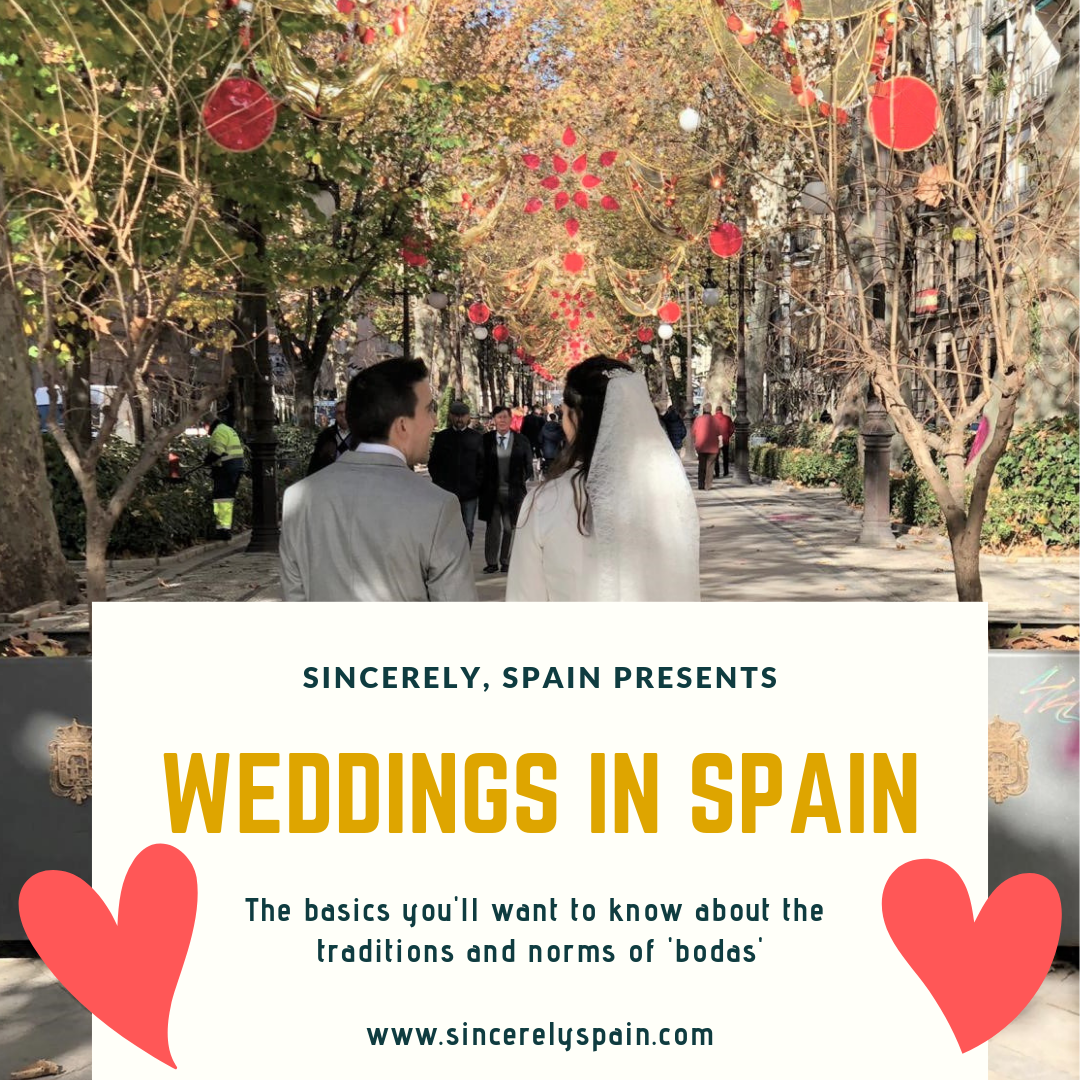 Does that answer your questions about what to expect at a Spanish wedding? Let us know if you have any other questions you’d like us to answer.
Does that answer your questions about what to expect at a Spanish wedding? Let us know if you have any other questions you’d like us to answer.
Sincerely,
Spain
*Please keep in mind that although we are talking about “traditional Spanish weddings” this term could have different meanings for different people. Think about what YOU would say if someone asked you what a “traditional wedding” is in your country. Likely, a few different ideas come to mind and the same is true in Spain.
**Similarly to the above point, I don’t find this unusual as I think I always would have said during the day was the norm in the US but, of the 5 most recent weddings my American friends and family had, none of them were during the day so I could certainly imagine answering with either at this point.



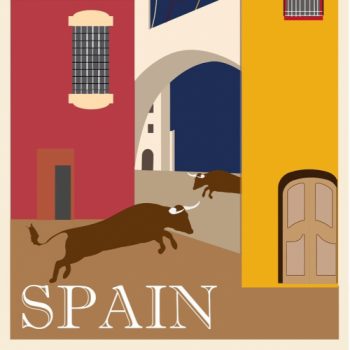

3 Comments
aworldofdresses@gmail.com
This is a great post! However there’s still one unanswered question that I have and that is as a guest, what should I wear? I have a my first Spanish wedding to attend in July and I don’t want to show up under-dressed or over-dressed. I’ve seen wedding guests wear longer dresses here, so I’m not really sure if I should buy a floor-length dress or if something that’s knee-length should be fine. I’m sure other women attending their first Spanish weddings have this same question.
aworldofdresses@gmail.com
This is a great post! However there’s still one unanswered question that I have and that is as a guest, what should I wear? I have a my first Spanish wedding to attend in July and I don’t want to show up under-dressed or over-dressed. I’ve seen wedding guests wear longer dresses here, so I’m not really sure if I should buy a floor-length dress or if something that’s knee-length should be fine. I’m sure other women attending their first Spanish weddings have this same question.
Sincerely, Spain
Thank you for the feedback and question, Nina! It’s true- we didn’t quite get into the attire in this guide and it’s an important thing to consider as a guest. Overall, I would say that Spanish weddings seem to be quite formal affairs and I would thus recommend going a step more formal than you might in the US or other countries.
When speaking to a Spanish friend about the subject, she pointed out that the average length of dresses generally correlates to the time of day the wedding is at. For example, if the ceremony takes place in the morning or early afternoon women tend to wear shorter dresses in bright colors whereas evening ceremonies tend to call for floor-length dresses (and often less flashy patterns/ color palettes). Still, in the heat of July I imagine you might be better off with knee-length.
Either way, I would recommend shopping around (or at least inquiring) at a wedding dress shop here in Spain as they’ll be able to give you the most accurate advice and be most informed about the trends at the moment. Don’t forget your accessories like matching jewelry, a hat or ‘tocado’ (fascinator), and high heels!
Hope that helps!